244 Decolonization Project Case Study
Truth and reconciliation is a large and delicate subject to tackle. As designer’s It’s our job to take a problem and solve it but in this case, the problem at hand is so large that one design project will not solve it. However, I realize my design project could act as one brick amongst thousands to help build truth and reconciliation in Canada.
The first step was clear: do more research and pinpoint a concise subject to work on. As
Judy suggested, I checked the 94 calls to action in the 2015 ‘Truth & reconciliation report’. After doing so, I felt overwhelmed but It was clear to me what topic I wanted to focus on. Violence against women has always been a subject I really cared about so I decided to focus on MMIW. My goal was now established: Creating awareness to seek justice for missing and murdered indigenous women.
I brainstormed ways I could approach this. I could get aggressive and call out Canadians, the police or even the RCMP for not doing their part in protecting these women but fighting fire with fire is never an effective approach. The approach I wanted to take was to make people feel compassion and empathy for these women.
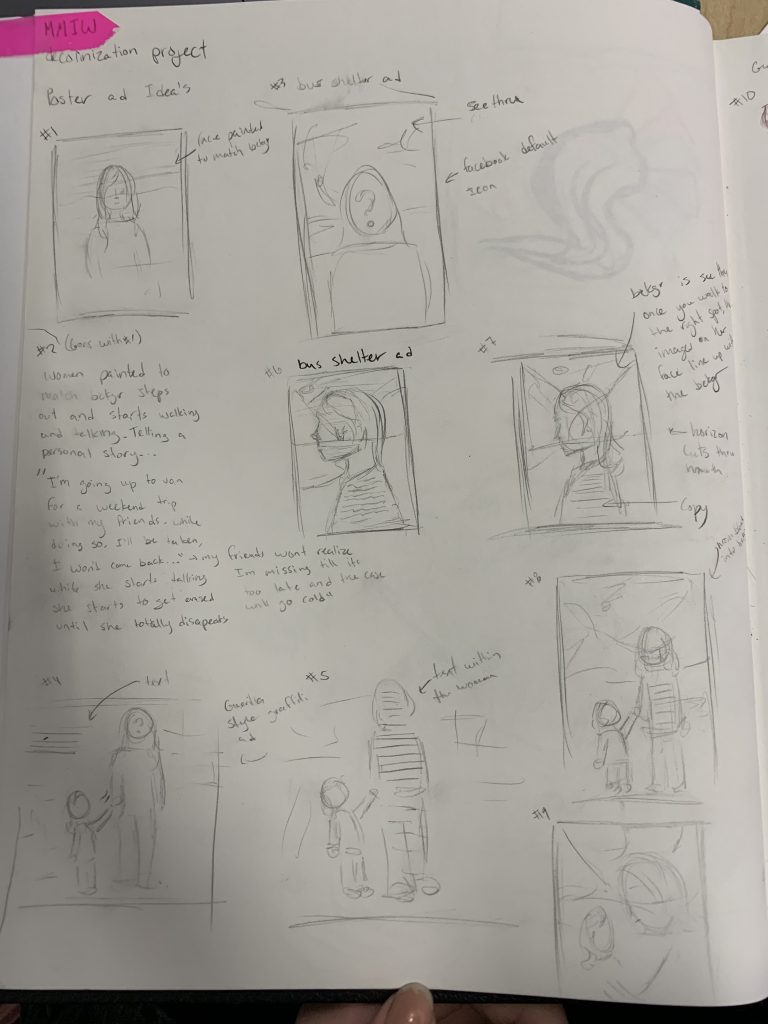
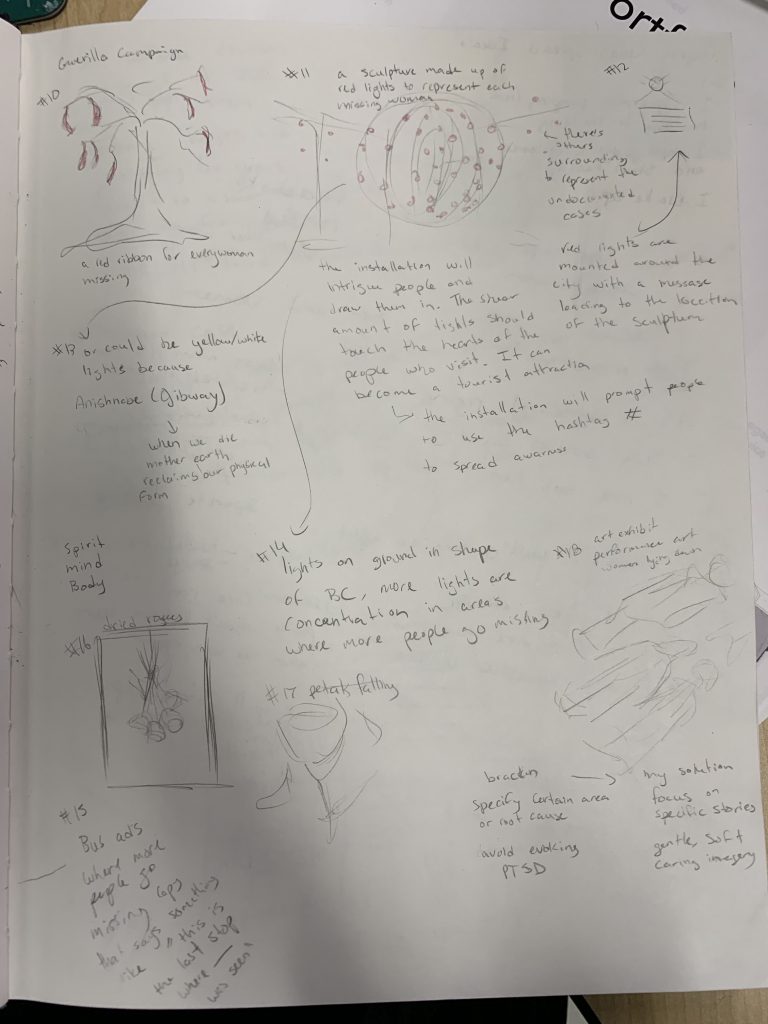
At this point I still felt like something was missing. I was doing lots of research but reading facts and statistics and news articles didn’t feel like enough. I was missing a human’s touch. I reached out to an indigenous woman named Laura. She has had a lot of first hand experience with racism and friends going missing. She stressed the importance of covering the topic of missing and murdered men as well. She explained to me that women are getting all of the coverage right now which is great but we need to help men as well. In fact, the statistics of men going missing are even higher than those for women. I was so grateful because this was information I was not able to find in doing my own research.
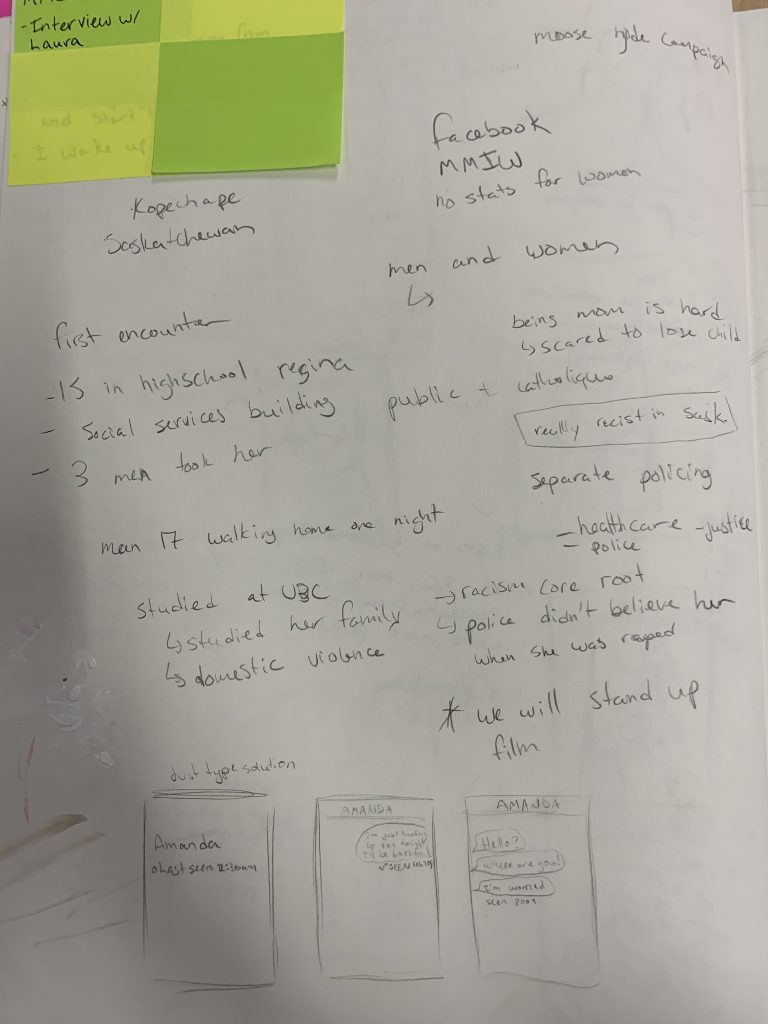
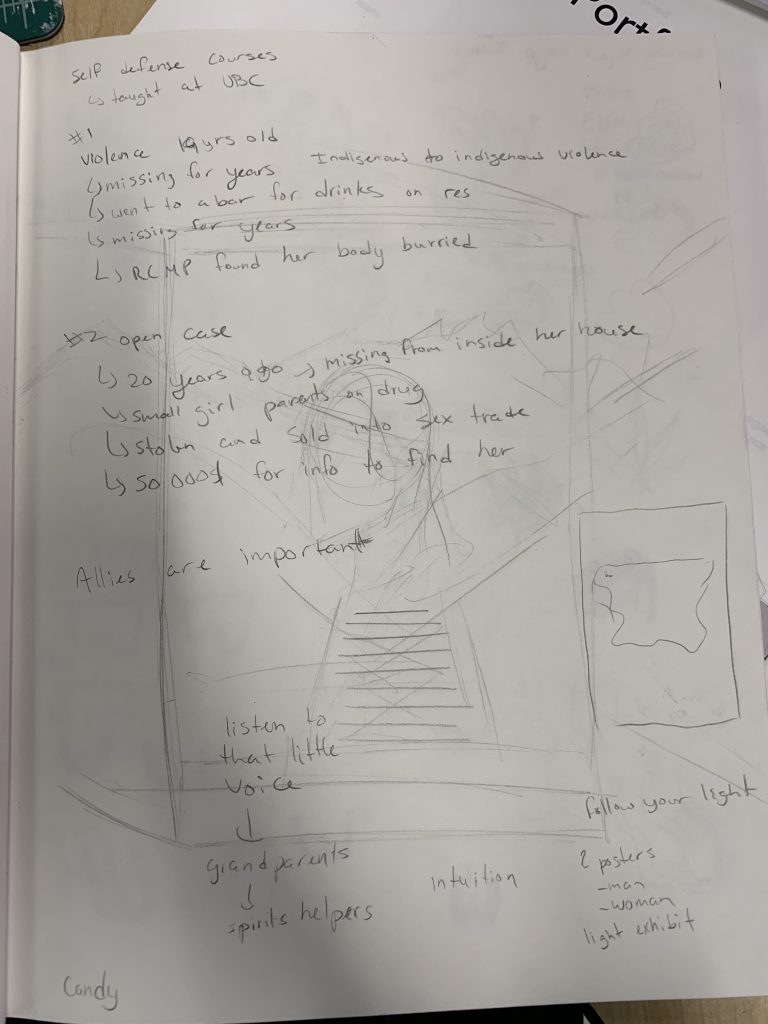
My approach for the project was to do an art exhibit that travels around Canada. The exhibit would feature lights that create the shape of Canada. Every light would represent a missing indigenous person. The lights would change from all white to blue and red to represent men and women. To promote the exhibit posters would be made and displayed showing the individual story of people missing. I feel like this combination of media was the perfect way to physically show the sheer amount of people missing in a touching way but at the same time showing that each of those lights represents an individual with a unique story.
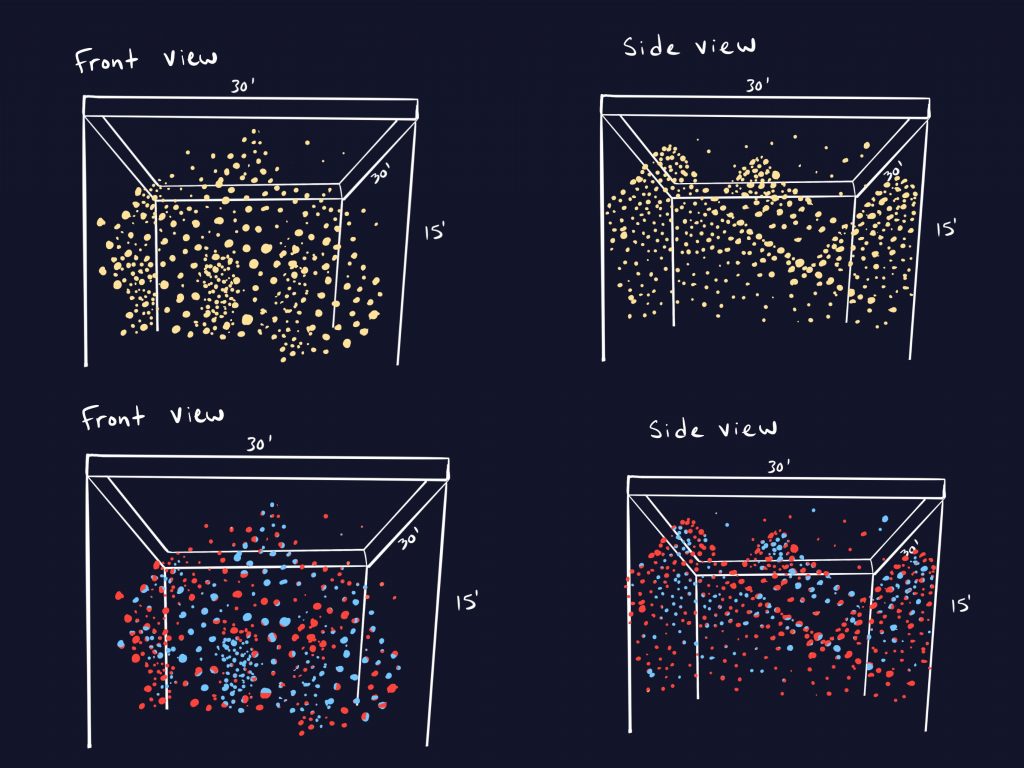
I feel that my concept was fairly strong for the exhibit and posters and filled the needs of my creative brief although I would like to play around more with the imagery and layout used for the posters.
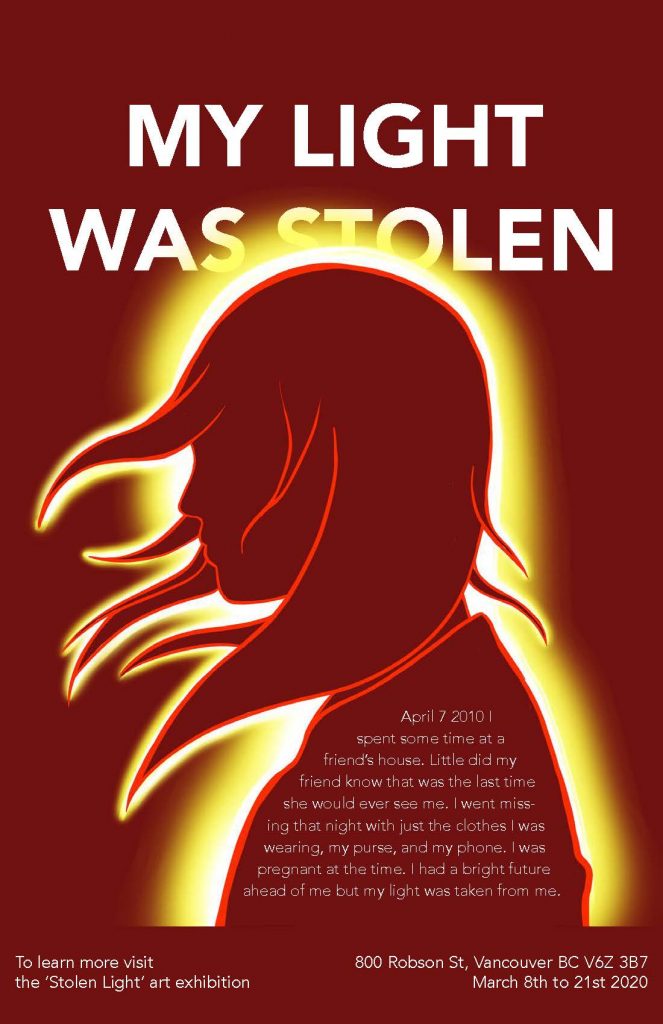
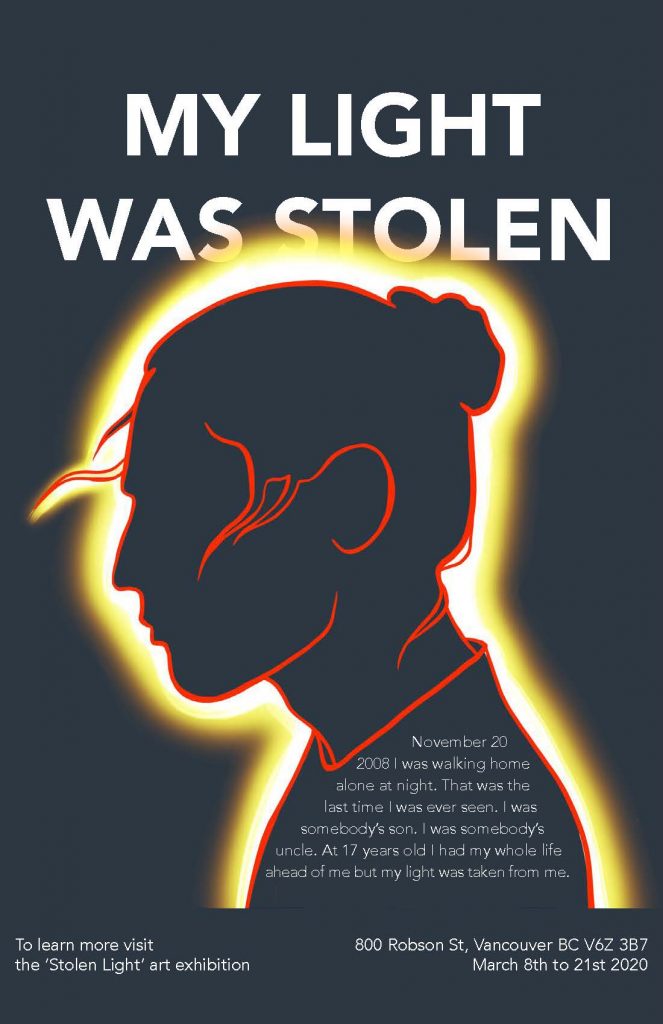
Recent Comments